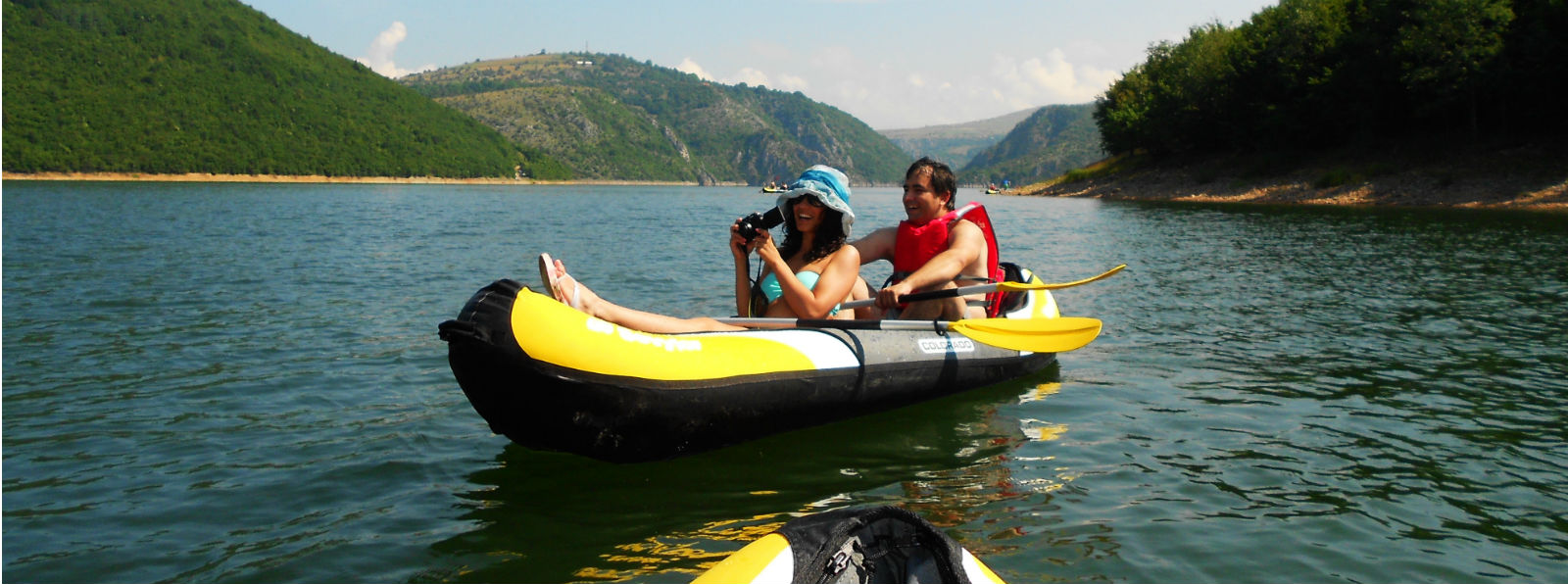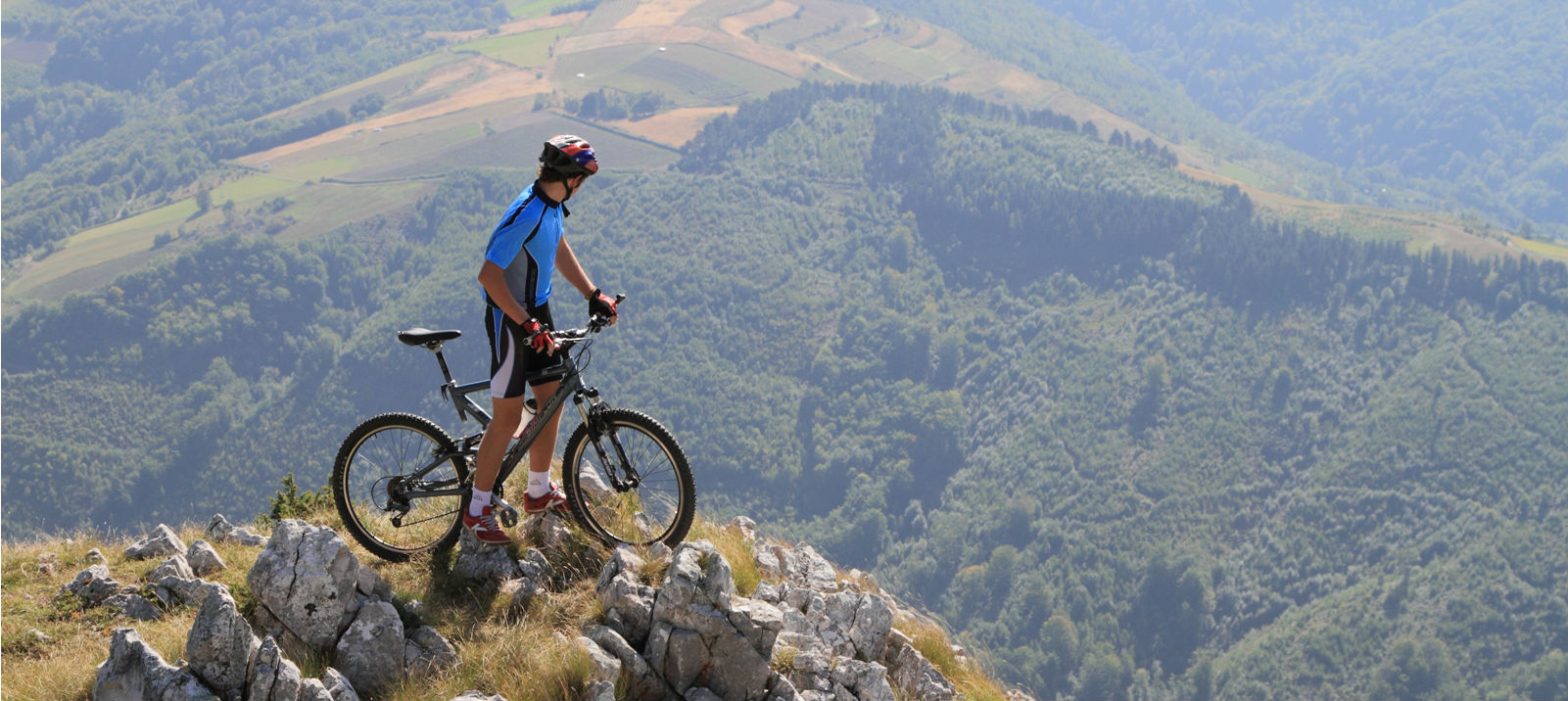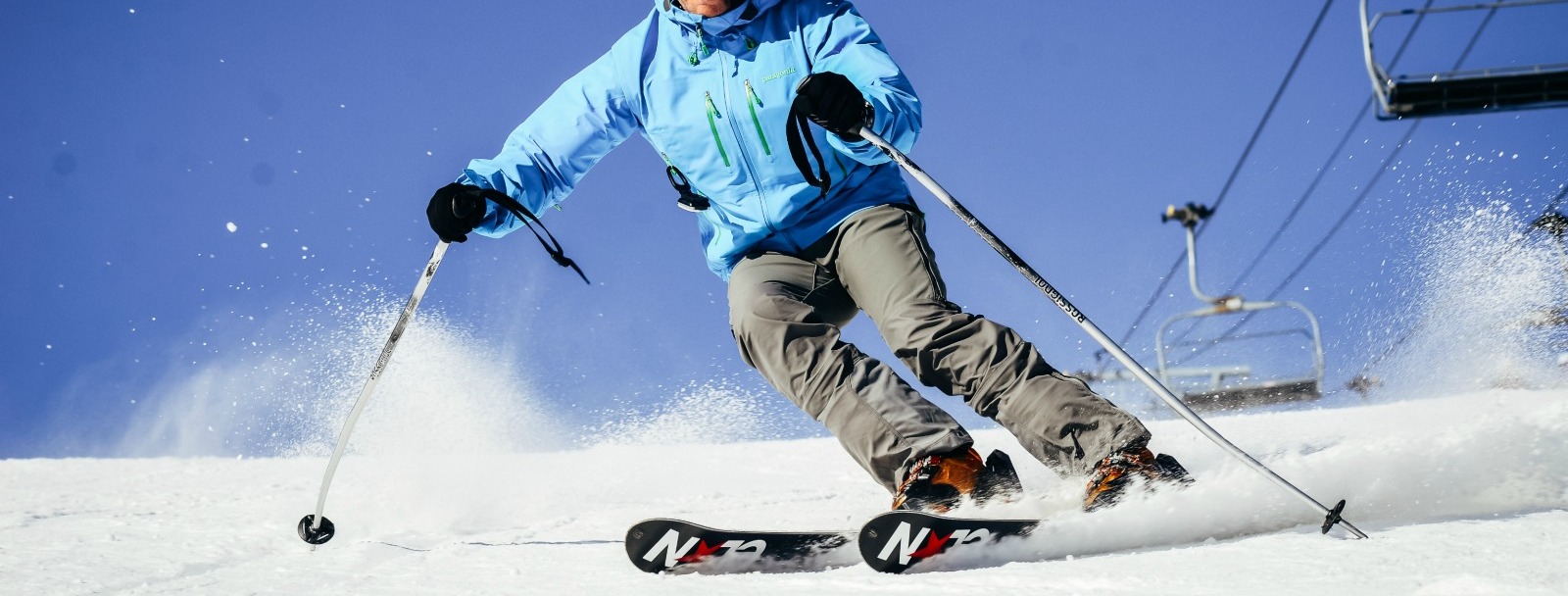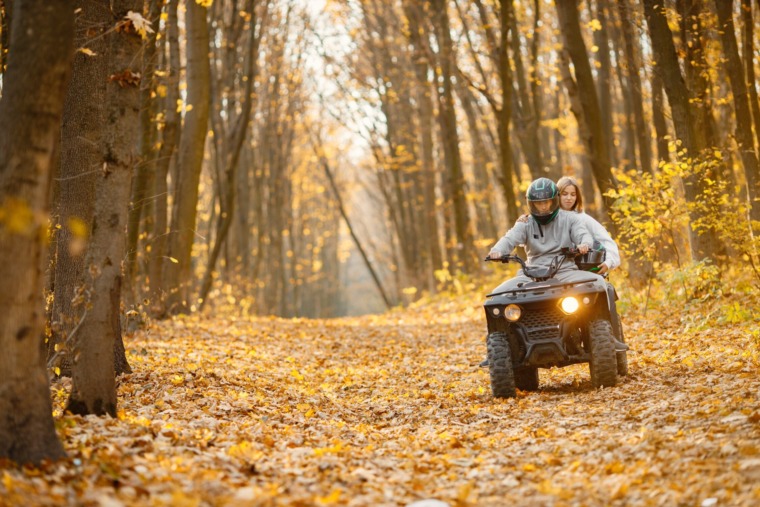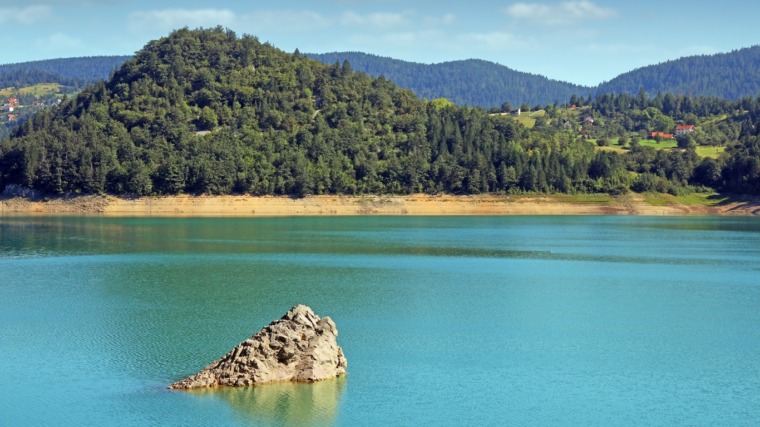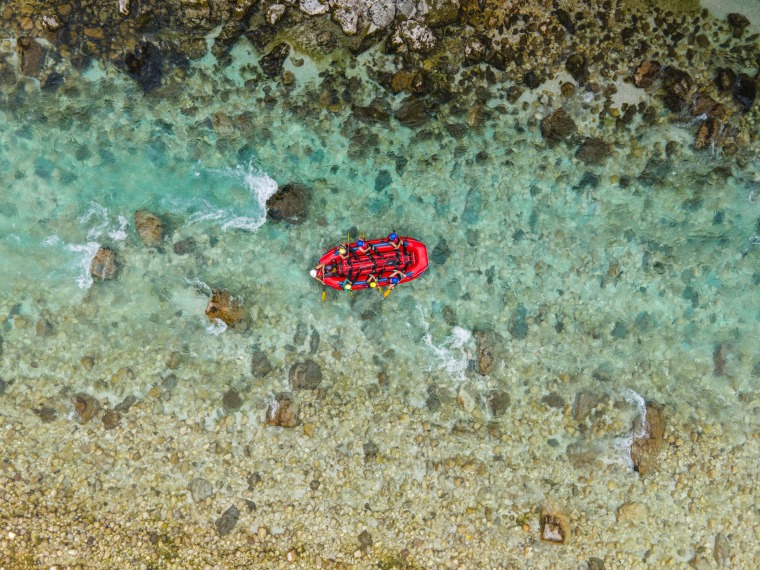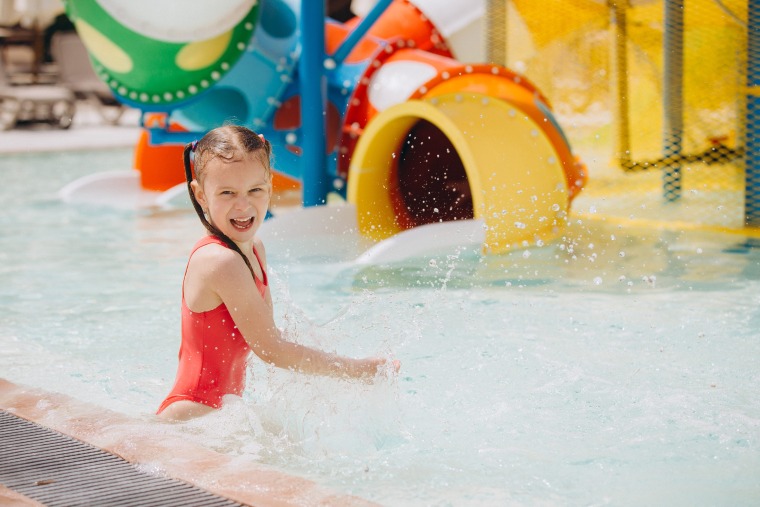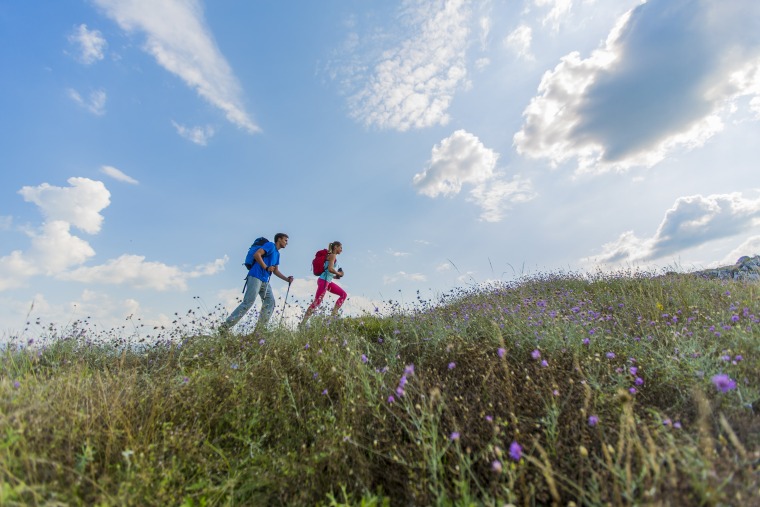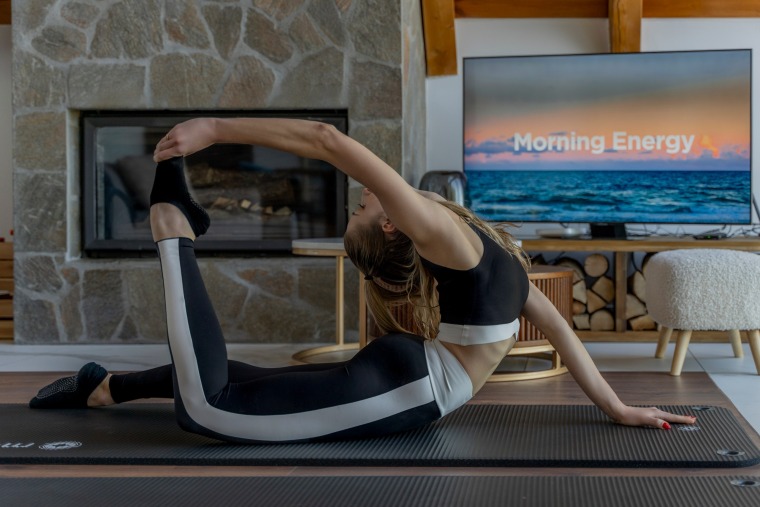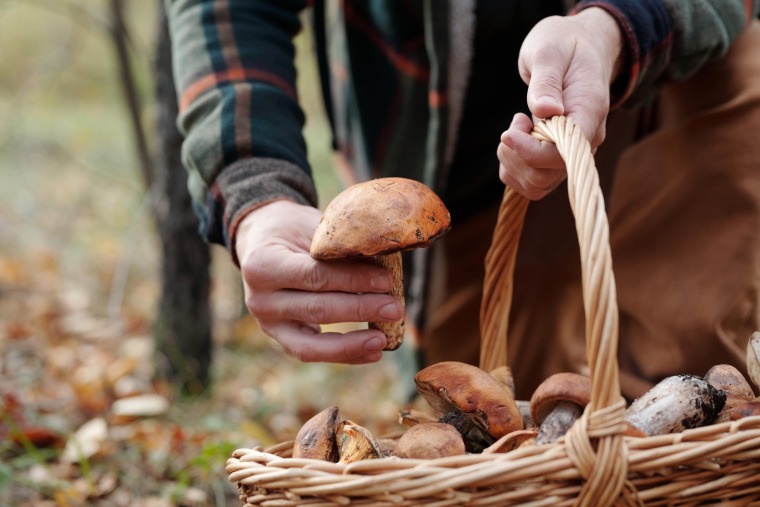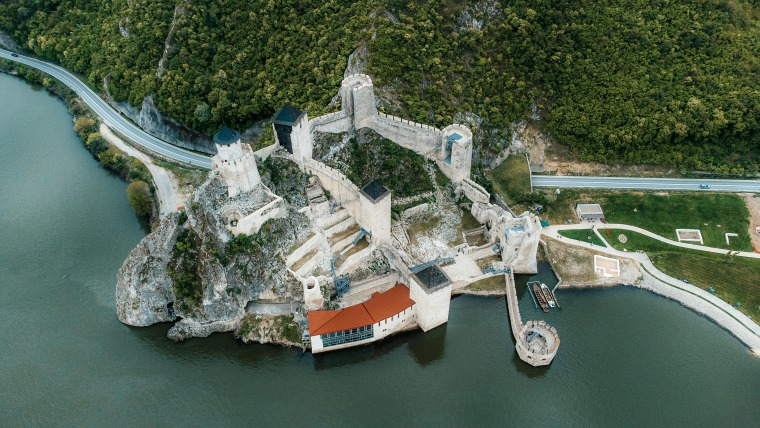If you want to silently touch nature without disrupting it’s peace while seeing it’s beautiful landscapes, canyons, caves, and looking some of the forest and water creatures into the eyes, get into a kayak or canoe and slide down the emerald waves of the rivers and lakes of Serbia
There are millions of ways of getting in touch with nature and have fun. Riding a kayak or a canoe are just two of them, but those are the ones adventurers will pick. While overcoming the challenges of the slow and fast Serbian waters it’s possible to go back to those carefree childhood days when we discovered nature through adventure.
Throughout Serbia, whether it is a wild or calm adventure you like, with these vessels you can go down the many beautiful lakes and rivers even if you have no previous experience in this kind of recreation.
Let’s start with Belgrade, the capital of Serbia.
The beautiful rivers of Belgrade give you an incredible possibility to have fun and peak into all the coves you so curiously stare at from the bridges.
The most popular route for canoeing or kayaking in Belgrade is around the Great War Island where rare birds will keep you company, and the view of Belgrade is astonishing.
Less than 30 kilometers from the capital is the calm river Kolubara which provides sanctuary for all those who just want to listen to the sounds and whispers of unspoiled nature while lightly rowing down the river.
If you are a fan of wilderness and a bit dangerous lakes and rivers, you will head straight to western Serbia where you will find the 60m deep Perućac lake, created by damming of the river Drina.
While going through it’s canyon, the largest one in Serbia, you will be impressed by the kilometer high cliffs. If you slide your hand through the water in the middle, you will be “touching” the natural border with Bosnia and Herzegovina.
But if you wish to cool off from the hot summer in the shade of a cave reachable only by water, head to Nova Varoš and Sjenica where in the Pešter plateau you will find the special natural preserve Uvac. This vastness of endless greenery is called “Colorado” by many because of its breathtaking beauty.
The clear and cold waters of the rivers Uvac, Vapa, Jablanica and Dubočica flow right through it and at the ends of their streams form three gorgeous lakes – Uvac, Zlatar and Sjenica. Because of this the trip down the winding Uvac is a great challenge for adventurers, lovers of the wild who won’t be scared when a griffon vulture, an eagle with a 3m wing span, flies right over their heads.
Beside these most attractive destinations, this kind of recreation is possible on almost every larger river or lake tucked in the fairytale landscapes, waiting for you to discover them.
The difference between a kayak and a canoe
The difference between a kayak and a canoe is that a kayak’s whole upper surface is covered except for the two holes where the rowers sit, while a canoe is completely open and more people can sit in it.
A Kayak is moved by a rower who sits at the bottom of the vessel and uses the paddles with two blades, while a canoe has seats for several persons, and the rowers can kneel or sit while rowing using short one-bladed paddles.
Olympic sports
The first canoes were built by Native Americans in North America, while kayaks were built for the same purpose by the Eskimos.
Using their original designs, a Scottish lawyer and adventurer John MacGregor made the first sports kayak in the 19th century.
In 1886 MacGregor established the Royal canoe club. Two years later he organized the first official competition.
The kayak and canoe competitions first became Olympic sports at the 1936 Games in Berlin, and since the 1948 London Olympics women have also been competing in them.
How to get to some of the kayak and canoe adventure hotspots?
If you want to go on an adventure on your own – There are buses from Belgrade to all the larger cities surrounding these lakes and rivers. When you get there, you can find a local bus or taxi to take you to the desired destination.
We suggest the tours organized by the Belgrade and Novi Sad agencies that include accommodation, training and gear.

